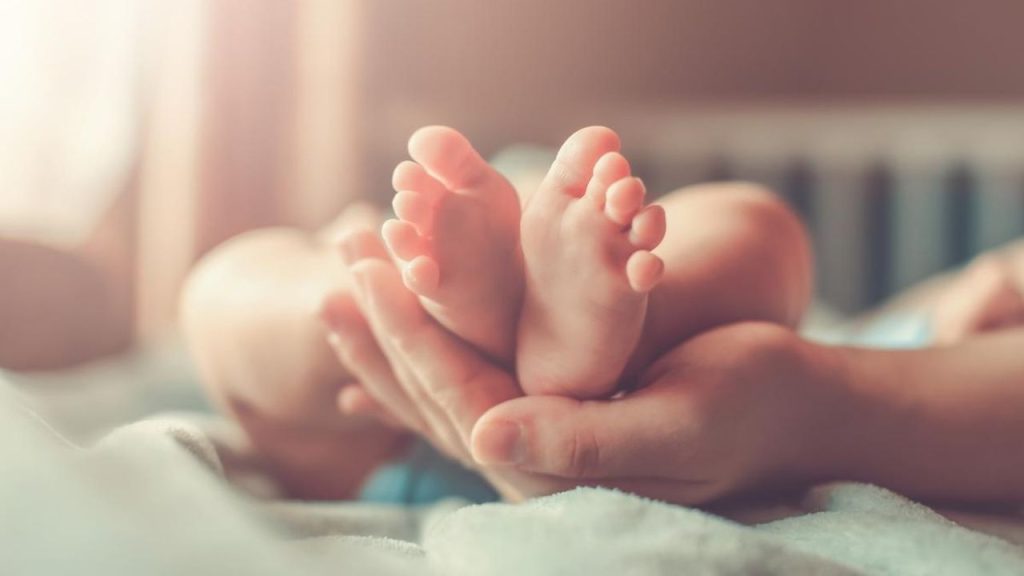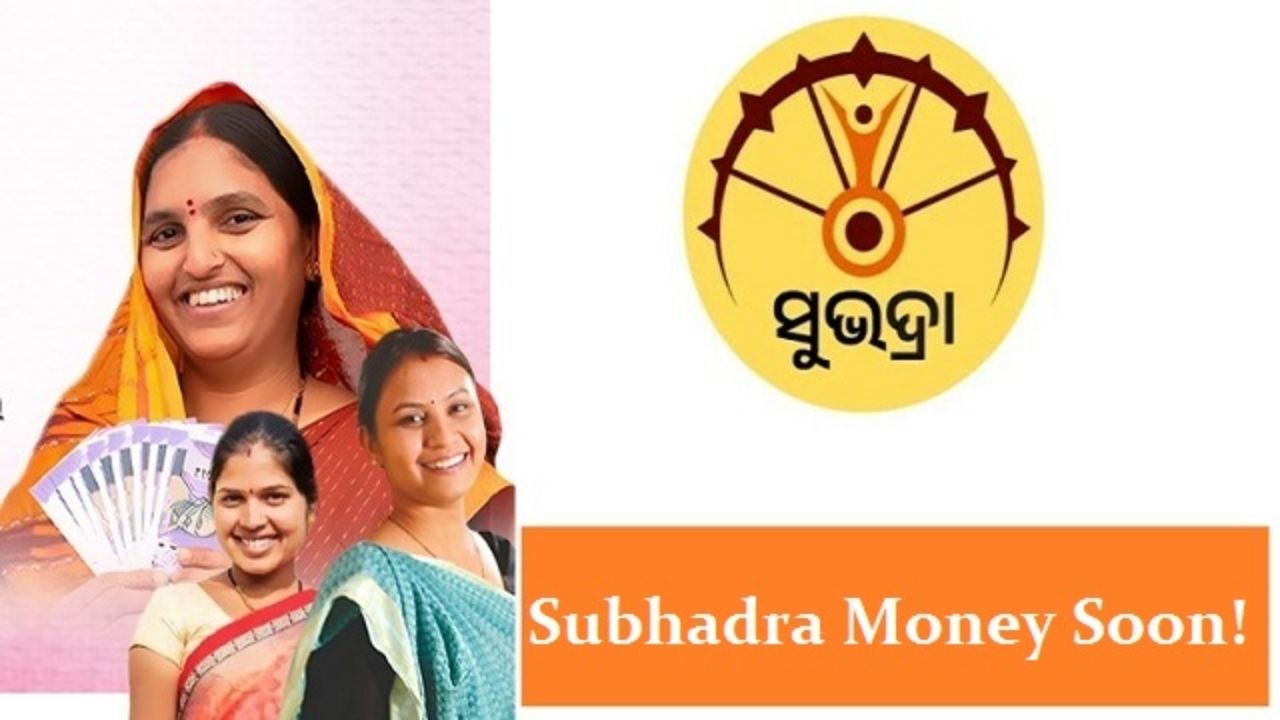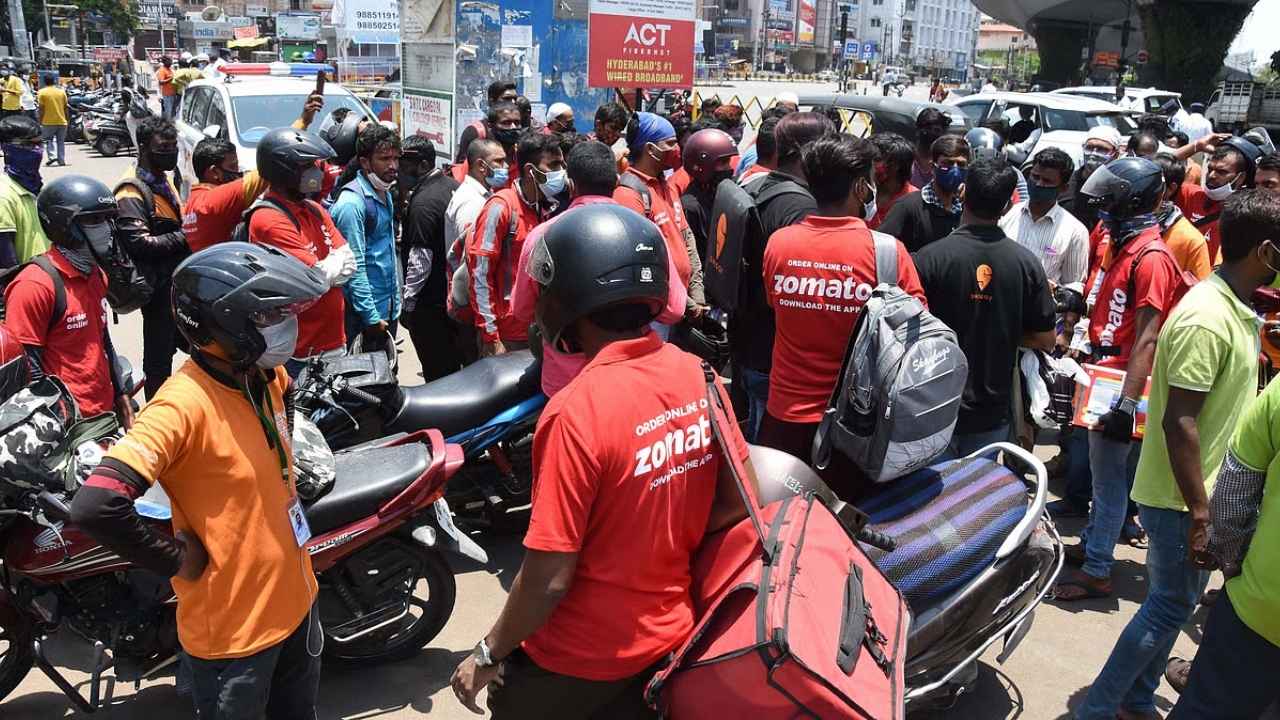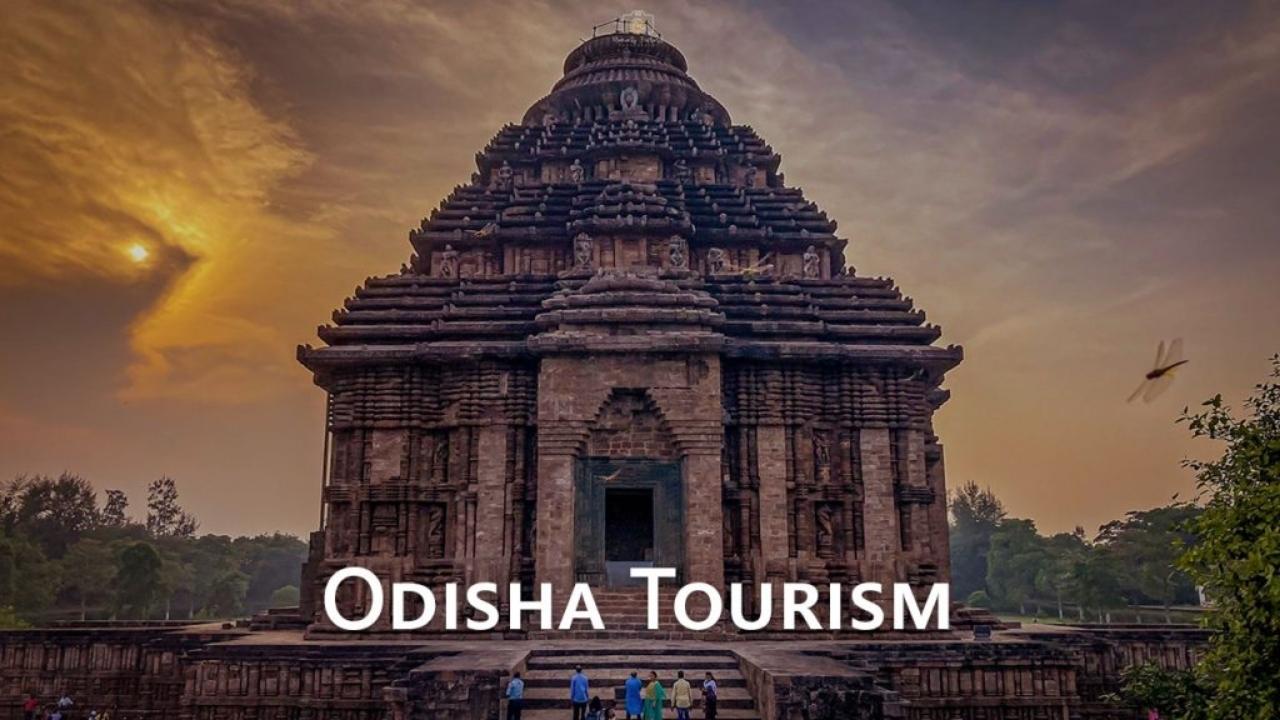In a heart-wrenching yet hopeful turn of events, Odisha Police recently rescued a 28-day-old infant who had been sold by her parents due to extreme poverty. This tragic incident has sparked a renewed focus on the growing issue of child trafficking in economically disadvantaged regions, particularly in states like Odisha. The police not only managed to rescue the infant but also arrested the suspects involved in the illegal transaction.

In this article, we’ll dive deep into the case, explore the roots of child trafficking in Odisha, provide practical advice for preventing such tragedies, and offer a thorough understanding of the laws and support systems designed to protect vulnerable children.
Odisha Police Rescues Infant Sold by Parents
| Topic | Details |
|---|---|
| Incident Location | Bolangir district, Odisha, India |
| Age of Infant Rescued | 28 days |
| Amount for which Infant Was Sold | ₹20,000 (Approx. $250) |
| Suspects Arrested | Father (Nila Rana), a local resident involved in the sale of his child |
| Root Cause | Extreme poverty, leading to desperate measures |
| Relevance | Highlighting the issue of child trafficking and the urgent need for child welfare reforms in Odisha |
| Legal Action | Police investigation ongoing, more arrests expected, and calls for stronger social welfare systems |
For more details on the case, you can read the original reports from Odisha TV.
Child trafficking is a heartbreaking issue, but with the combined efforts of the government, NGOs, and local communities, we can work together to protect vulnerable children. The recent rescue in Odisha serves as a reminder of how critical it is to address the root causes of child trafficking, such as poverty and lack of education, while strengthening our child protection systems.
It is up to all of us to keep children safe from harm and create a world where they can grow up with love, security, and opportunities to thrive. Stay vigilant, spread awareness, and always report suspicious activities to authorities. Together, we can make a difference.
Understanding the Odisha Child Trafficking Case
The recent rescue operation in Bolangir district of Odisha highlights the dire situation that many families in economically challenged areas face. The infant in question was sold by her parents, who were struggling financially and felt they could not provide for her. The case is a stark reminder of how poverty, desperation, and a lack of awareness can lead to such heartbreaking decisions.
In this case, the father, Nila Rana, handed over his newborn daughter to a local woman after selling her for ₹20,000, or approximately $250. This money, while a significant sum in the local context, was unlikely to make a long-term difference for the family’s financial struggles. Unfortunately, this type of desperation is not isolated.

The Extent of Child Trafficking in Odisha
Child trafficking, particularly in poorer regions of India, has been a significant concern for years. According to a report by the National Crime Records Bureau (NCRB), India recorded thousands of cases of child trafficking in recent years. While the government and NGOs have made great strides in curbing such incidents, child trafficking remains a pressing issue, especially in states like Odisha, where poverty rates are high, and social support systems are often limited.
- Statistical Overview:
- As of 2021, Odisha had recorded over 200 cases of child trafficking, though the actual number may be higher due to underreporting and lack of awareness.
- The root causes include poverty, lack of education, and poor access to social welfare programs.
- Child trafficking syndicates often exploit families in dire circumstances, offering money in exchange for their children under false promises of education, jobs, or better futures.
The Role of Local Authorities and Communities
While the situation is undoubtedly tragic, the response from Odisha Police has been swift and commendable. After the child was rescued, authorities arrested the suspect, and the investigation is ongoing. This kind of rapid intervention is crucial in preventing further harm to vulnerable children.
Local communities also play an essential role in combatting child trafficking. Residents often notice unusual activities in their neighborhoods and can serve as eyes and ears for authorities. Child rights activists have long advocated for more community-based monitoring, which can be a vital tool in preventing trafficking.
However, the problem is systemic, and there needs to be a comprehensive approach to tackling it. Key measures include:
- Increased awareness campaigns to inform families about the dangers of child trafficking.
- Strengthening laws and penalties for traffickers.
- Expanding social support programs to address the root causes, like poverty and lack of education.
- Promoting child protection laws to ensure vulnerable children are not sold or exploited.
How to Protect Children from Child Trafficking
As parents, caregivers, and citizens, we must be vigilant in recognizing the signs of child trafficking and take proactive steps to protect children. Here are some actionable steps you can take:
1. Educate Communities About the Dangers of Child Trafficking
Awareness is the first line of defense. Hold community meetings, and share resources on the importance of safeguarding children. Encourage individuals to report suspicious activities to the authorities. Local organizations and authorities should collaborate in spreading awareness about the issue.
2. Know the Red Flags
Be mindful of sudden changes in a child’s life, such as:
- A child being frequently moved from one place to another.
- A lack of parental involvement or communication.
- Individuals offering large sums of money for children without a clear explanation.
3. Support Vulnerable Families
Many families in regions like Odisha live in extreme poverty. They often make tough decisions, such as selling their children, in hopes of providing a better future. Governments, NGOs, and communities must focus on helping these families by offering support services, such as access to food, shelter, education, and healthcare.
4. Report Suspicious Activity
If you witness or suspect child trafficking, do not hesitate to contact the authorities. In Odisha, the police have made it easier to report such cases through helplines like 1098, a child protection number provided by the government.
5. Advocate for Stronger Social Programs
Join local and national efforts to push for better social welfare programs for vulnerable families. These programs should focus newborn daughter on eliminating poverty and providing better opportunities for education and employment.
Legal Framework and Child Protection Laws in India
India has taken significant strides in enacting laws to prevent child trafficking and protect children’s rights. Some of the critical pieces of legislation that tackle child trafficking and exploitation include:
- The Juvenile Justice (Care and Protection of Children) Act, 2015: This Act provides a framework for the care, protection, and rehabilitation of children who are victims of trafficking or other forms of exploitation.
- The Protection of Children from Sexual Offences (POCSO) Act, 2012: Although primarily focused on sexual exploitation, the POCSO Act also includes provisions for the protection of children from trafficking.
- The Immoral Traffic (Prevention) Act, 1956: This Act criminalizes trafficking for commercial sexual exploitation and aims to prevent the trafficking of women and children.
- The Child and Adolescent Labour (Prohibition and Regulation) Act, 1986: This law prohibits child labor, which often involves trafficking and exploitation.
Support Systems for Victims of Child Trafficking
Once rescued, child victims of trafficking require immediate care, rehabilitation, and reintegration into society. Support systems in India for such children include:
- Children’s Homes and Shelters: These are temporary safe spaces where children can stay until they are either returned to their families or placed in long-term foster care.
- Rehabilitation Programs: These programs offer counseling, education, and vocational training to help trafficked children reintegrate into society.
- NGOs and Child Rights Organizations: Many NGOs, like Save the Children India and CRY (Child Rights and You), offer support to children affected by trafficking, providing a combination of legal, psychological, and financial aid.
Bargarh Farmers Demand Urgent Rollback of Kharif Paddy Procurement Registration Policy: Will the Government Listen?
Odisha Government Enforces New Rule on Outsourcing Appointments, Finance Department Must Approve
FAQs
1. What should I do if I suspect child trafficking?
If you suspect a case of child trafficking, immediately report it to the police or call the helpline number 1098. It is important to act quickly to protect the child and prevent further harm.
2. What are the main reasons for child trafficking in India?
The primary reasons for child trafficking in India include poverty, lack of education, and social inequality. Children are often trafficked for purposes of forced labor, sexual exploitation, or illegal adoption.
3. How can I ensure my child is safe from trafficking?
Educate your child about their rights, maintain open communication with them, and be cautious about where they go and with whom. Be mindful of any unusual behavior or situations that may raise red flags.
4. What laws are in place to prevent child trafficking in India?
India has several laws aimed at preventing child trafficking, including the Juvenile Justice Act, POCSO Act, and Immoral Traffic Prevention Act. These laws are designed to protect children from exploitation and trafficking.





